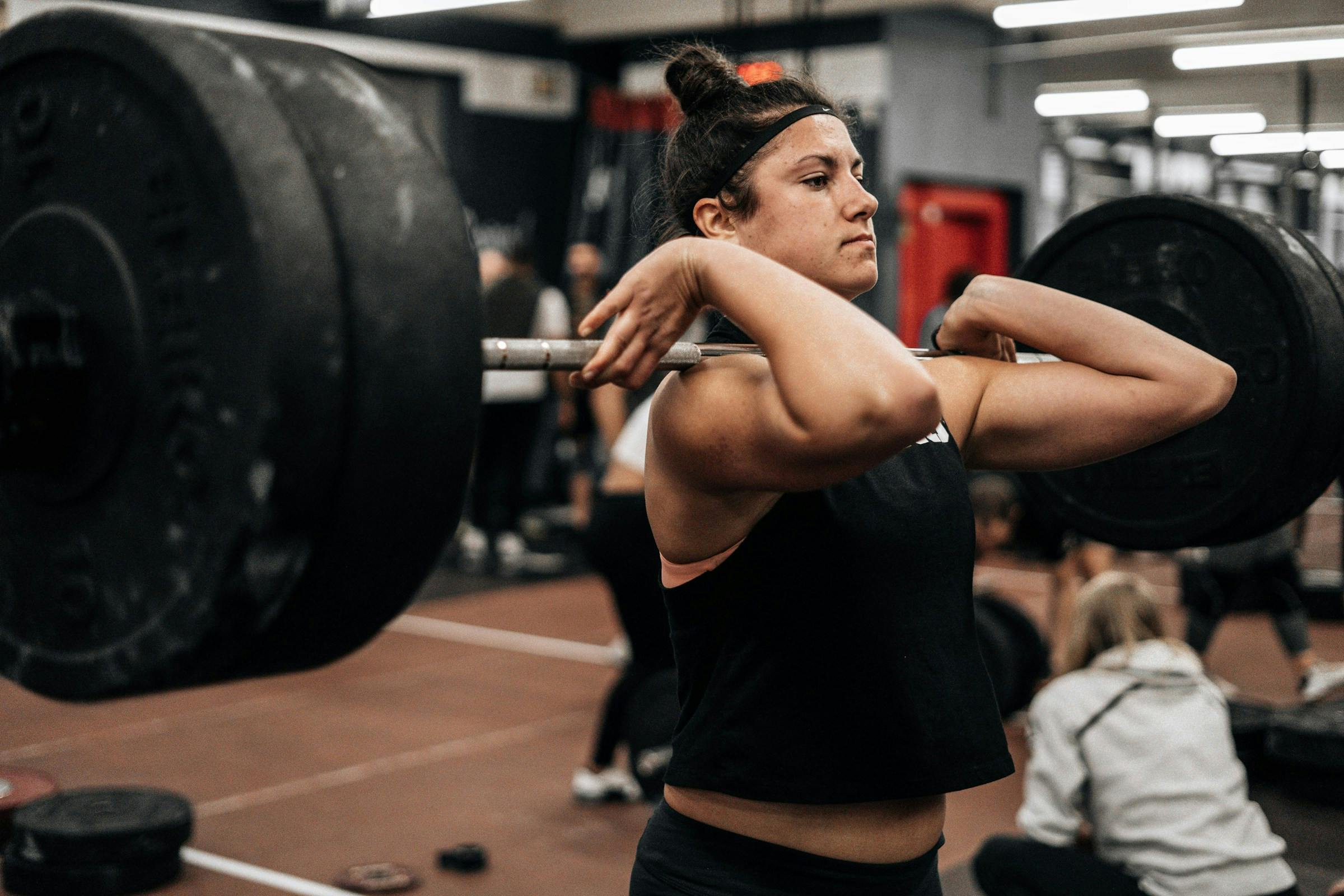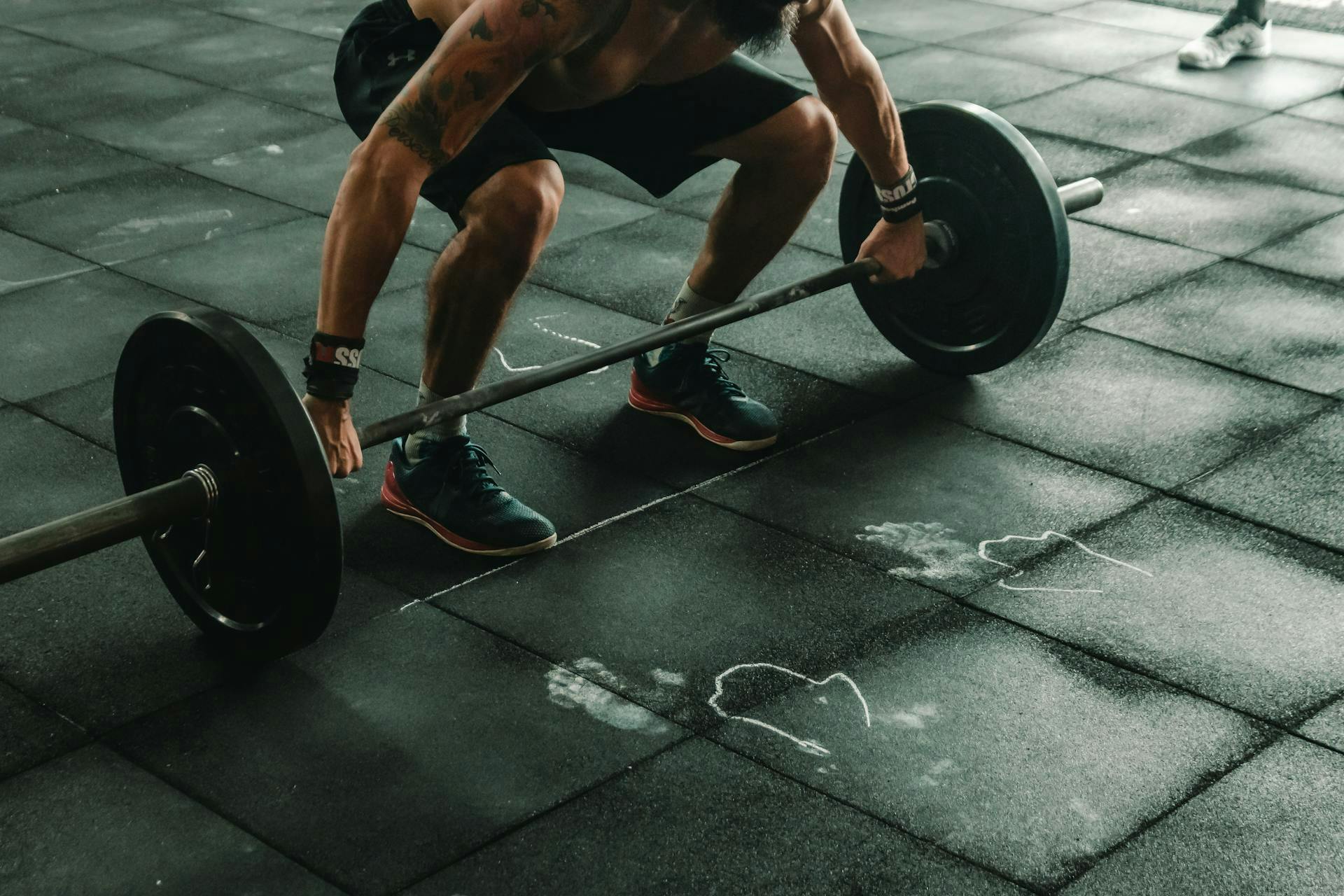How Many Calories Does Weightlifting Burn? Real Numbers Explained
By Editorial Team
Reviewed by Dr. Jossy Onwude, MD
Published May 23, 2025
7 min read

If you’ve ever wondered whether lifting weights actually burns calories, you're not alone. Most people think of cardio workouts like running or cycling when it comes to torching calories. But here’s the truth: strength training can absolutely help you burn calories, not just while you're working out, but even after you're done.
In this article, we’ll break down exactly how many calories you burn lifting weights, what factors affect your calorie burn, how weightlifting compares to cardio, and how to maximize your efforts in the gym for both strength and fat loss. All backed by science, and written in simple terms anyone can understand.
Quick Answer: How Many Calories Does Lifting Weights Burn?
On average, you burn between 90 to 250 calories per 30 minutes of weightlifting. The actual number depends on several factors, including your body weight, workout intensity, and rest time between sets.
If you’re lifting casually with long breaks between sets, you’ll be on the lower end of the scale. But if you're doing circuit training, supersets, or keeping your heart rate up with heavy compound lifts, your calorie burn can increase significantly.
Now let’s dig into how these numbers are calculated and what you can do to influence them.
How Calorie Burn Is Calculated (In Simple Terms)
The number of calories you burn during any activity, including weightlifting, depends on something called METs (Metabolic Equivalents of Task). METs are a way to estimate how much energy your body uses during different activities.
Here’s the basic formula:
Calories burned = MET x weight (in kg) x time (in hours)
For example, lifting weights at a moderate effort is rated at about 3.5 METs, while more vigorous strength training (like circuit lifting or CrossFit) can reach up to 6 METs.
So if you weigh 70 kg (about 154 pounds) and you lift weights for 30 minutes at moderate intensity:
3.5 MET x 70 kg x 0.5 hrs = 122.5 calories burned
The harder you train, the higher the MET value and the more calories you burn.
Factors That Affect Calories Burned While Lifting

Everyone's calorie burn will be a little different, and here’s why:
- Your body weight matters: Heavier people burn more calories doing the same activity simply because it takes more energy to move a larger body.
- Workout intensity plays a huge role: Doing heavy squats with minimal rest will burn more calories than doing a few bicep curls with lots of downtime.
- Your rest time makes a difference: Shorter rest periods keep your heart rate up, making your workout more aerobic and calorie-burning.
- Type of exercise counts. Compound exercises like squats, deadlifts, and bench presses use more muscles at once and therefore burn more calories than isolation exercises like tricep pushdowns.
- Your training experience can influence efficiency: New lifters might burn more initially due to inefficiency, while seasoned lifters can sometimes burn less during the same movements due to better form and economy.
Real Numbers: Calorie Burn Based on Body Weight
Let’s take a look at what calorie burn looks like for different body weights, based on Harvard Health estimates for moderate and vigorous lifting over 30 minutes:
These numbers are estimates, but they give you a useful ballpark for tracking your progress or planning your workouts.
How Weightlifting Compares to Cardio
Cardio is usually the go-to for burning calories fast, and for good reason. A 30-minute jog can burn 250 to 400 calories depending on your pace and weight. That’s more than weightlifting burns in the same time frame.
But here’s where it gets interesting: weightlifting offers something cardio doesn’t. It builds muscle, which increases your resting metabolic rate—how many calories you burn doing nothing. The more muscle you have, the more calories you burn 24/7.
Also, lifting weights triggers the afterburn effect, also known as EPOC (Excess Post-exercise Oxygen Consumption).
The Afterburn Effect: Calories Burned After Lifting
EPOC is your body’s way of recovering from intense exercise. After a tough workout, your body continues to use more oxygen than usual as it works to return to its resting state. This means your body continues burning calories long after you've left the gym.
High-intensity lifting sessions, especially those involving big compound lifts or circuit-style training, create a stronger EPOC effect than low-effort workouts. You might burn an extra 50 to 100 calories over the next 24 hours—or even more if the workout was very intense.
Can You Lose Weight by Lifting Weights Alone?
Yes, but with a caveat. If you lift weights consistently and eat in a calorie deficit, you can absolutely lose weight. But lifting by itself—without any dietary changes—won't create enough calorie burn to offset a high-calorie diet.
The good news? Lifting helps you hold onto your muscle while losing fat. Cardio tends to burn both fat and muscle, which can slow your metabolism over time. Lifting keeps your metabolism higher and helps you achieve that "toned" look people often want.
So while lifting might not burn as many calories as cardio in a single session, it's a powerful tool for long-term fat loss and metabolic health.
How To Burn More Calories While Lifting Weights
If your goal is to burn more calories during your strength workouts, here are a few simple adjustments you can make:
- Use compound movements. Exercises like squats, deadlifts, bench presses, and pull-ups involve more muscles and burn more calories.
- Shorten your rest periods. Resting for 30-60 seconds instead of 2-3 minutes can keep your heart rate up.
- Try supersets or circuits. Pair two or more exercises back-to-back with little or no rest.
- Lift heavier. Challenging your muscles with more weight forces your body to work harder and burn more energy.
- Increase your training volume. More sets and reps (without sacrificing form) equals more total work and more calories burned.
Sample Workouts and Estimated Calorie Burn

Here are two quick examples to give you an idea of how calorie burn can vary:
Workout 1: Full-Body Circuit (30 Minutes)
- 5 rounds of 5 exercises (squats, push-ups, dumbbell rows, lunges, planks)
- 30 seconds per exercise, 15 seconds rest
- Approximate calories burned: 180–230 depending on body weight and intensity
Workout 2: Heavy Powerlifting Session (45 Minutes)
- 4 sets of 5 reps: deadlifts, bench press, barbell squats
- 2-minute rest between sets
- Approximate calories burned: 120–160
As you can see, style matters. A fast-paced, full-body circuit will burn more calories during the workout. But the powerlifting session might trigger more EPOC afterward.
RELATED READ: 20 Best At-Home Workouts to Lose Weight (No Equipment Needed)
FAQs
1. Is lifting weights enough to help you lose weight?
Yes, especially if you’re eating in a calorie deficit. Lifting preserves muscle and helps boost metabolism.
2. Do you burn more calories lifting heavy or light?
It depends. Lifting heavy with short rest periods or in a circuit format can burn more calories than lifting light with long rest.
3. How long do you need to lift to burn 500 calories?
That depends on your workout intensity and body weight. For many people, it could take 60 to 90 minutes of high-intensity lifting to reach 500 calories.
4. Does lifting weights burn belly fat?
Not directly. You can't spot-reduce fat, but lifting weights helps reduce overall body fat and preserve lean muscle, which can lead to less belly fat over time.
Final Thoughts
Lifting weights might not burn as many calories during a single session as cardio, but its benefits go far beyond what you see on a fitness tracker. It helps build muscle, boost your metabolism, and burn calories even when you're not working out.
If you want to burn more calories lifting weights, focus on intensity, use compound exercises, and reduce rest periods. Combine your lifting routine with good nutrition, and you’ll be well on your way to a leaner, stronger, and healthier body.
And remember—you don’t have to choose between cardio and weights. The best fitness plans usually include both. But if you only have time for one? Lifting weights is a pretty powerful pick.
Share this article

Magnesium for Weight Loss: Benefits, Risks, and What Science Really Says
Dr. Jossy Onwude, MD
Sep 29, 20259 min read

Mounjaro® Sulfur Burps Explained: Causes, Symptoms, and Science-Backed Remedies
Dr. Priyali Singh, MD
Sep 25, 202511 min read

Low Sodium Diet: Simple Guidelines, Food Lists, and Tips for Better Health
Lilian E.
Sep 30, 202512 min read

Best-in-class care is a click away
Find everything and everyone you need to reach your metabolic health goals, in one place. It all makes sense with Meto.
Join Meto